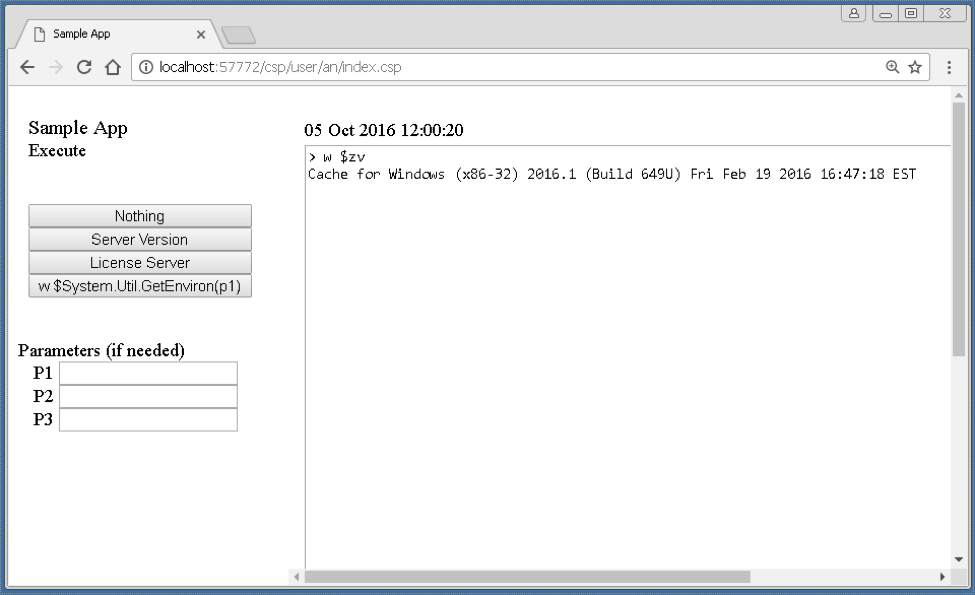NewBie's Corner Session 21 Parameters Part II
Welcome to NewBie's Corner, a weekly or biweekly post covering basic Caché Material.
Parameters
In the previous session we saw how to call RtnB from RtnA with Parameters.
We also defined Parameters as another name for Variables when used in passing data from one Routine to another, or, from one Label to another.
Calling a routine from a Label, or to a Label, from within a routine is very similar to calling a routine itself.



